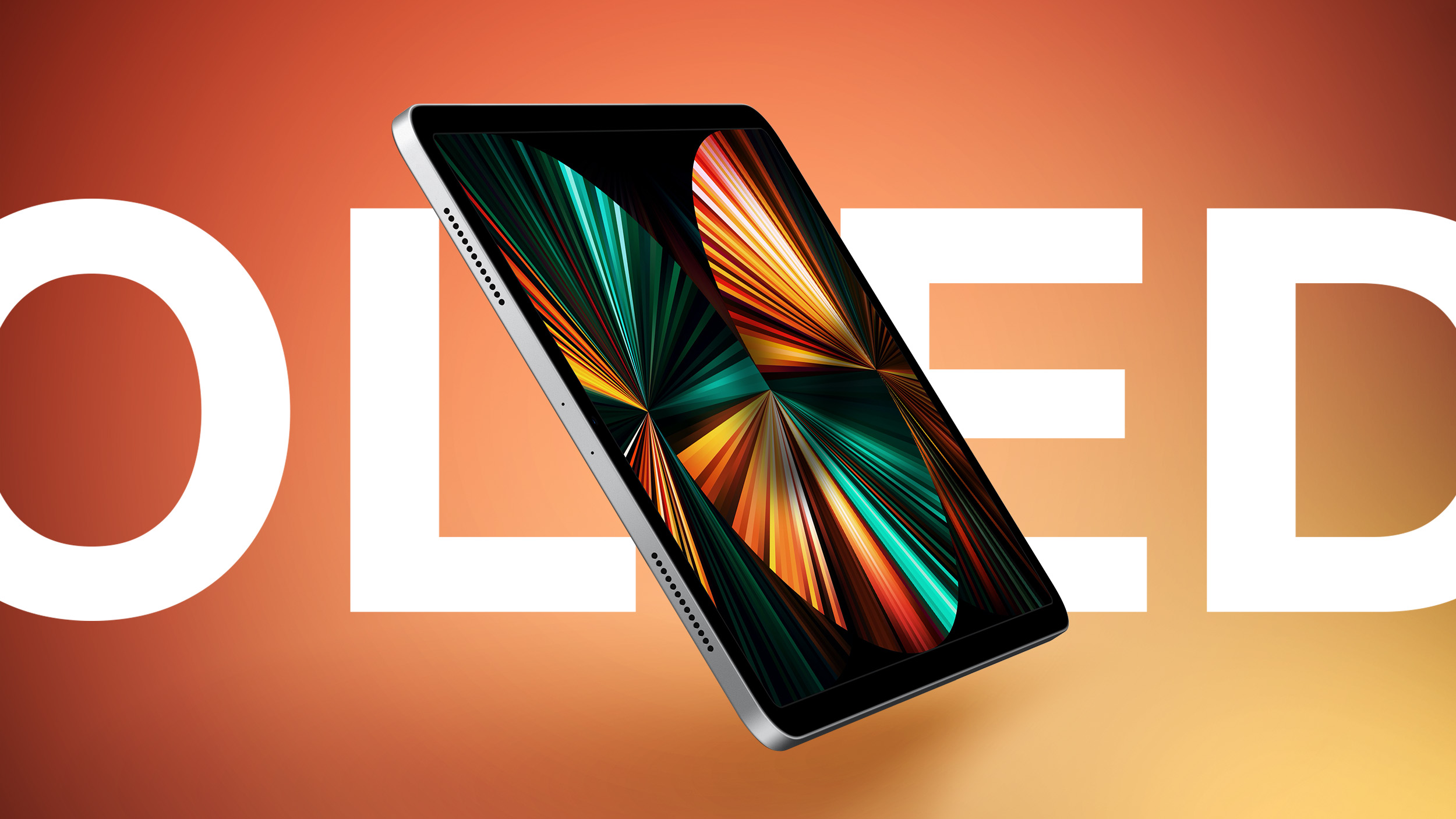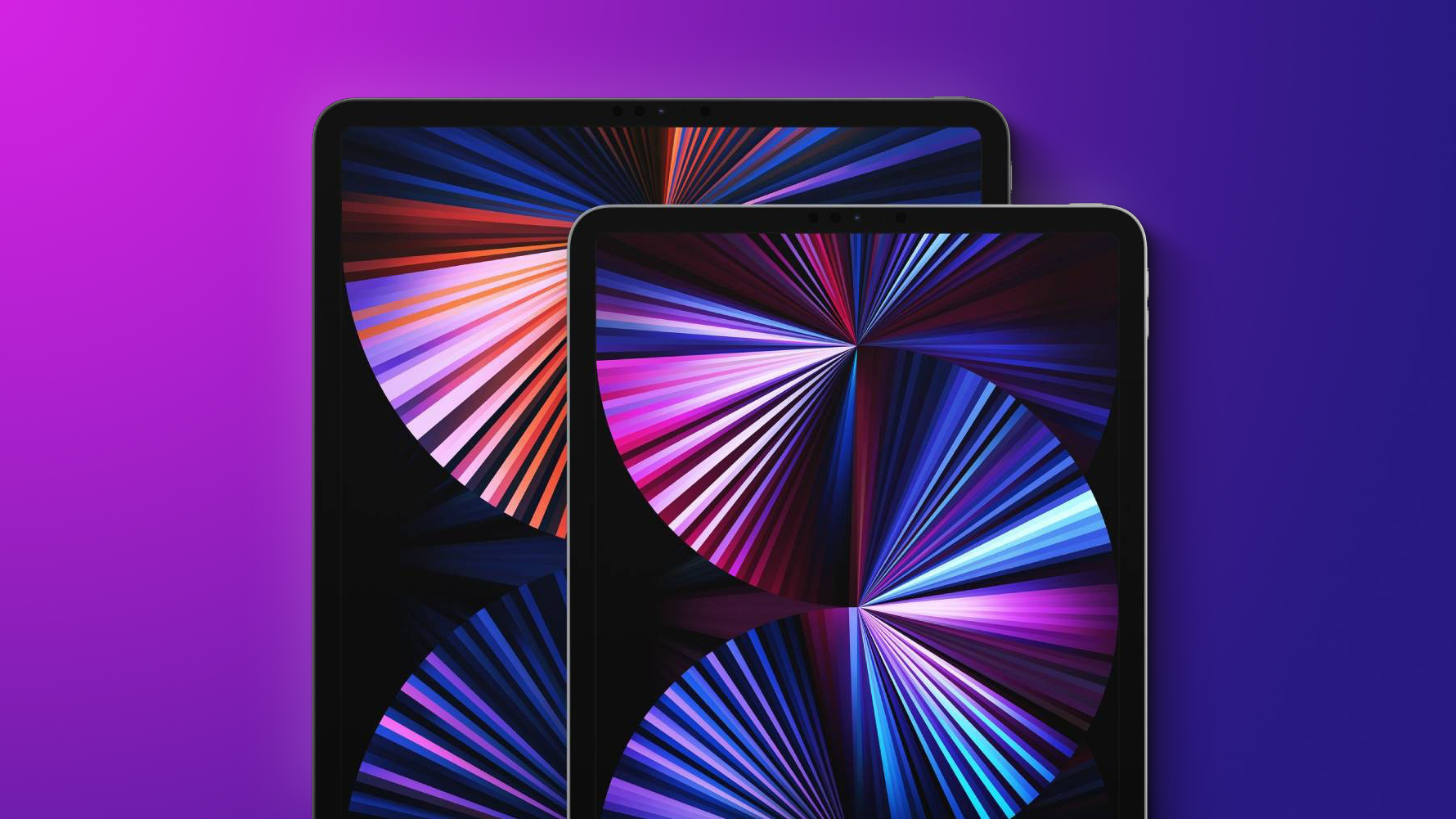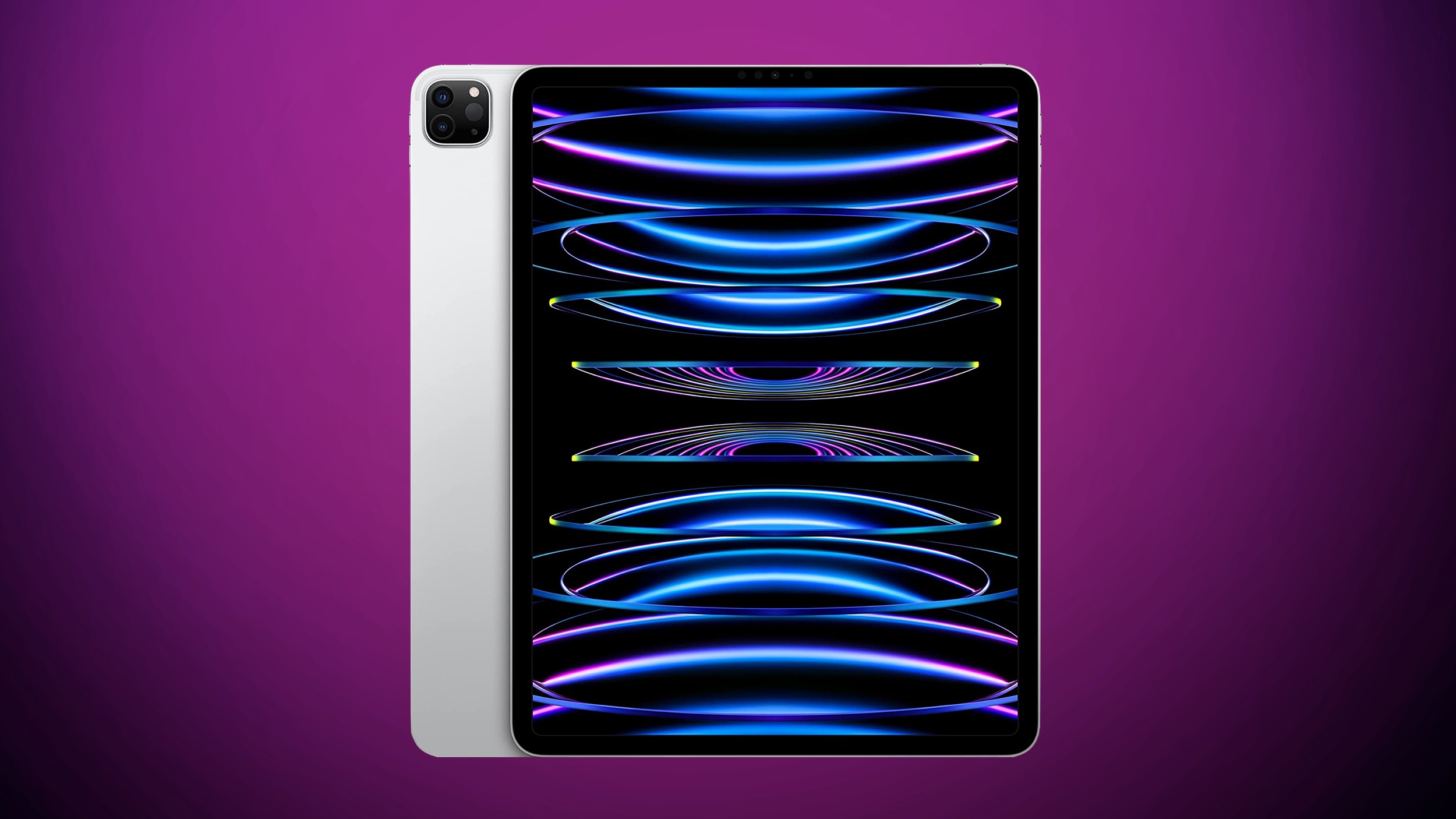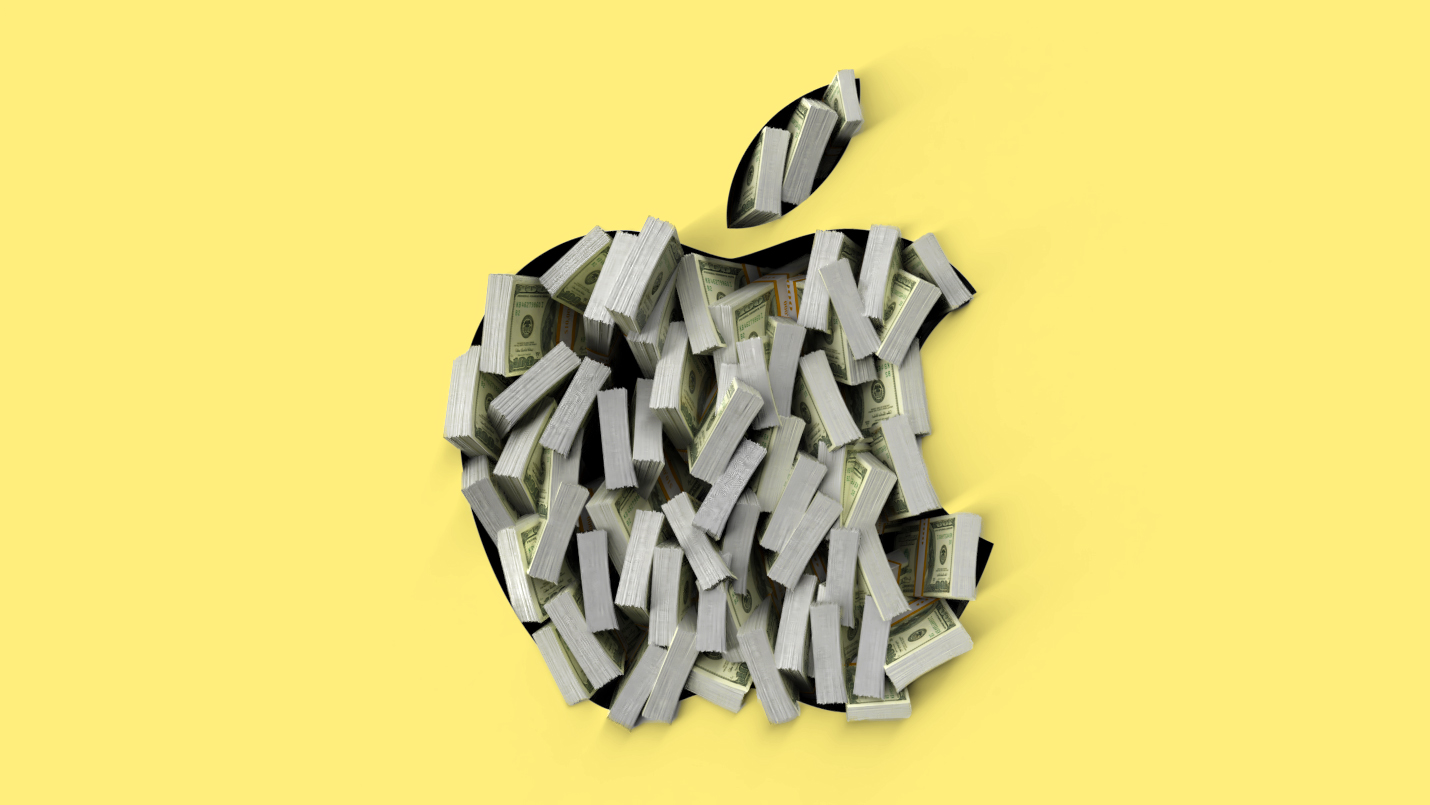Apple's First OLED iPad: All the Rumors So FarApple is developing OLED technology for the
iPad, and the new displays are expected to come to the
iPad Pro models as soon as next year. This guide aggregates everything we know about Apple's plans for the OLED ‌iPad‌.

<h2 id="sizing">Sizing</h2>
Apple is expected to offer the first OLED iPads in sizes that are similar to the current ‌iPad Pro‌ sizes, providing one smaller 10.9 to 11.1-inch model and a larger 12.9 to 13-inch model (rumors
vary slightly on target display size). In the future, OLED ‌iPad‌ models could be
as large as 15 inches.

Rumors suggest that Apple supplier BOE is developing OLED displays as large as 15 inches, which could be used for a larger-sized ‌iPad‌. According to
Bloomberg's
Mark Gurman, Apple is considering iPads that exceed 12.9 inches, and in 2021, he claimed that larger sizes were a "couple of years down the road, but could be scrapped all together.
<h2 id="oled_improvements">OLED Improvements</h2>
Compared to the mini-LED technology that Apple uses for the 12.9-inch ‌iPad Pro‌ at the current time, OLED will bring deeper blacks, faster refresh rates, and improved contrast.

With an OLED display, the brightness of each pixel can be controlled individually, which means TV shows, movies, and other content that uses high dynamic range lighting will look much more realistic and true-to-life than on a mini-LED display, depending on how high Apple can boost brightness. OLED displays are also known for having better viewing angles than LED displays, but this is of less importance on a tablet-sized device than something like a TV.
OLED displays are more efficient than mini-LED displays, especially with the dual-stack technology that Apple plans to use. We can expect improved battery life on the OLED-equipped ‌iPad Pro‌ models, and it could facilitate always-on display technology on the ‌iPad‌.
OLED technology can have downsides like burn-in and issues with maximum brightness, but Apple is using technology that will mitigate these problems. Unfortunately, it could make the first ‌iPad Pro‌ models much pricier.
Apple is rumored to be aiming for "unrivaled"
image quality, as well as a design that cuts down on the thickness and weight of the ‌iPad‌ display.
<h2 id="chip_technology">Chip Technology</h2>
Apple is introducing 3-nanometer chips in its 2023 device lineup, with
M3 chips expected at the end of the year. ‌iPad Pro‌ models coming in 2024 could use a next-generation M4 chip if Apple keeps up with yearly refreshes, and the M4 chip will be constructed on the 3-nanometer process. Depending on timing, though, Apple could also use the ‌M3‌ chip.

Apple chip supplier TSMC is working on 2-nanometer technology, but it will not be ready until 2025 or 2026, too late for the target date of the first OLED ‌iPad Pro‌ models.
<h2 id="pricing">Pricing</h2>
A March report from Korean site
The Elec suggests that OLED displays will make the ‌iPad Pro‌ models
much more expensive. The 11-inch OLED ‌iPad Pro‌ could be priced starting at $1,500, while the 13-inch model could be priced starting at $1,800.

Right now, the 11-inch ‌iPad Pro‌ is priced starting at $799, while the 12.9-inch model with mini-LED display is priced starting at $1,099.
The cost increase is due to the OLED panels, which cost more to source. Apple is using new production processes that have not yet been combined to create OLED panels of the required size. Display analyst Ross Young has said that Apple's requirements for the screen will lead to a "more expensive OLED panel" than other OLED panels on the market.
Apple is said to want a very thin design using a tandem-stack design, a display manufacturing technique that improves display longevity and efficiency. Dual-stack construction can boost the lifespan of an OLED panel up to 4x, and it also results in higher brightness levels.
Apple is planning to source OLED panels from Samsung and LG Display. Both manufacturers are rumored to be developing two-stack tandem OLED panels specifically for Apple.
<h2 id="launch_date">Launch Date</h2>
Apple is expected to introduce
the first OLED iPad Pro models as soon as 2024.<div class="linkback">Related Roundup:
iPad Pro</div><div class="linkback">Buyer's Guide:
11" iPad Pro (Buy Now),
12.9" iPad Pro (Buy Now)</div><div class="linkback">Related Forum:
iPad</div>
This article, "
Apple's First OLED iPad: All the Rumors So Far" first appeared on
MacRumors.comDiscuss this article in our forums
Source:
Apple's First OLED iPad: All the Rumors So Far